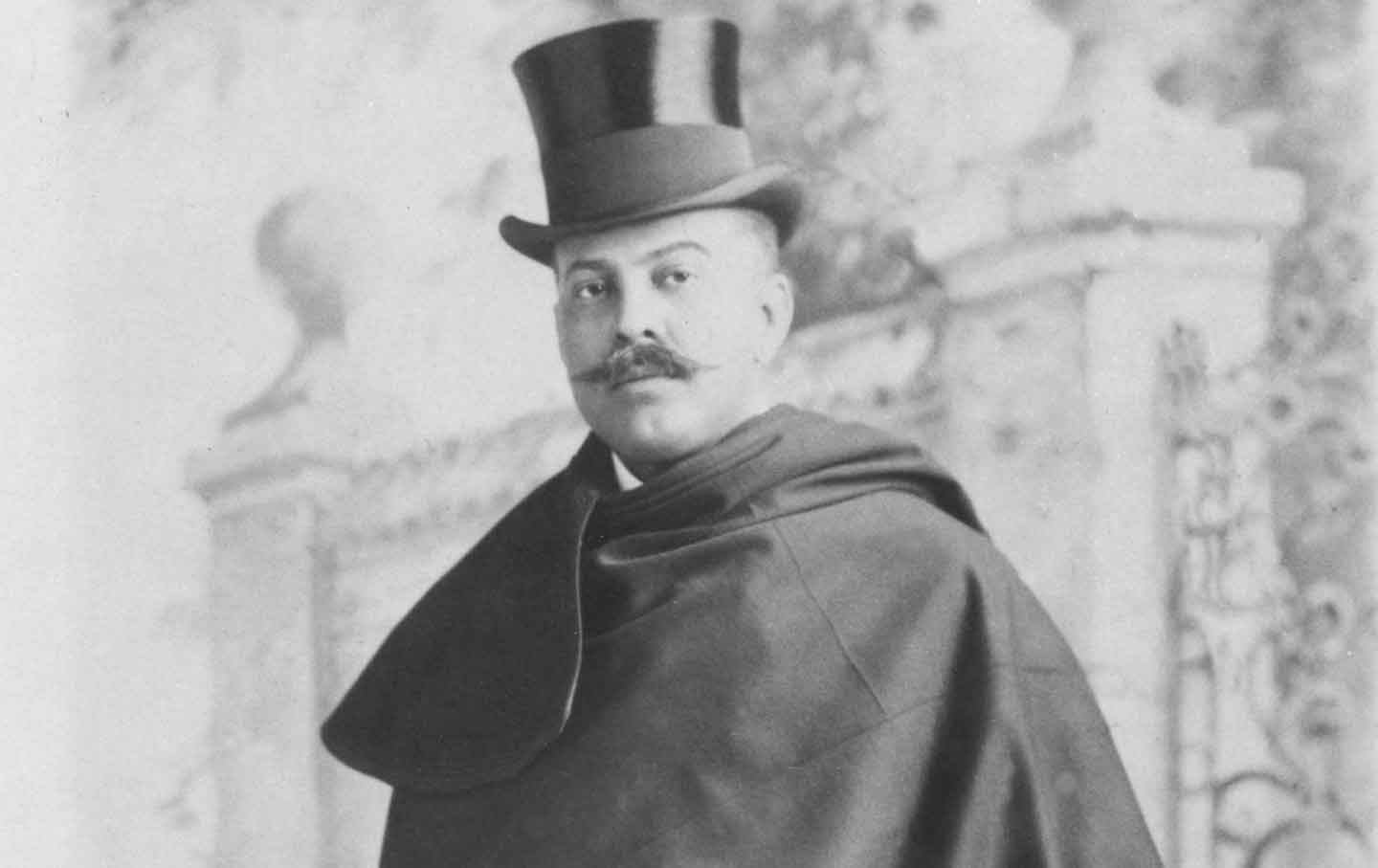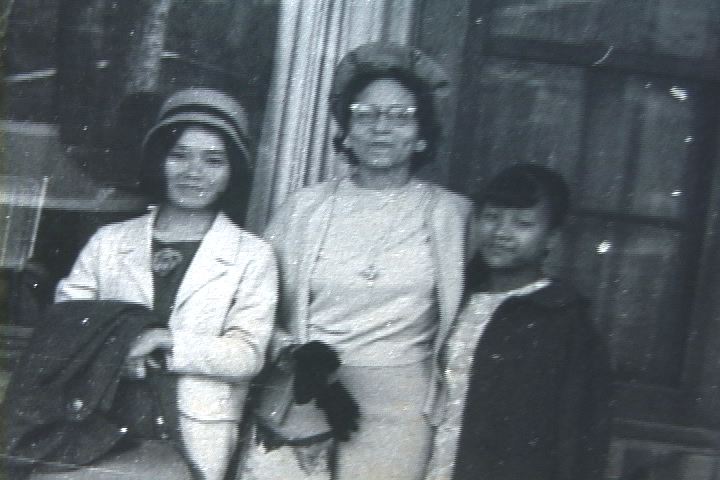Afro-Latinos: a vision of Houston’s mixed-race futurePosted in Anthropology, Articles, Arts, Census/Demographics, Latino Studies, Media Archive, Texas, United States on 2016-12-05 01:58Z by Steven |
Afro-Latinos: a vision of Houston’s mixed-race future
The Houtson Chronicle
Houston, Texas
2016-11-19
Olivia P. Tallet, Reporter
Afro-Latinos embody Texas’ mixed-race future
It happens all the time. At the taco truck, Raul Orlando Edwards placed his fajita order: “Señorita, por favor, póngale la cebolla bien cocida” (“I’d like the onions well-done.”)
“Man,” said the African-American behind him in line, “how did you learn to do that?” Meaning: Why, for a black man, is your Spanish so good?
“I’m Latino,” Edwards answered. The director of the Strictly Street Salsa Studio and founder of the Afro-Latino Festival of Houston, he’s a Panamanian-Jamaican immigrant.
The guy stated the obvious: “I thought you were black!”
“I’m blacker than you are!” Edwards replied. And, he says, they laughed.
These days, in both Texas and the U.S. at large, skin color is an ever less reliable indicator of identity. According to a 2015 Pew survey, about a quarter of U.S. Hispanics identify themselves as Afro-Latino. Like Edwards, the vast majority (70 percent) are foreign-born.
Afro-Latinos generally are descendants of African slaves brought to Spanish and Portuguese colonies in Latin America and the Caribbean. Most are biracial or multiracial. Being Afro-Latino, says Alain Lawo-Sukam, professor of Hispanic and Africana Studies at Texas A&M University, is less about skin color than about identity and a sense of belonging.
By their very existence, Afro-Latinos challenge the traditional “one-drop” view of race in the United States: the idea that one drop of African blood makes a person black. Afro-Latinos like Edwards aren’t simply black, white or Hispanic. They’re a combination – and as such, a vision of the United States’ racially and ethnically complex future. They’re a minority inside a minority; a melting pot within the melting pot…
Read the entire article here.





